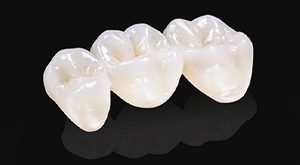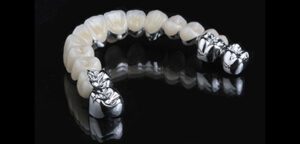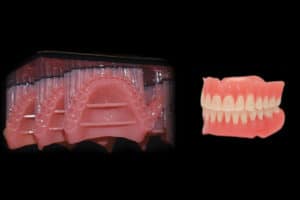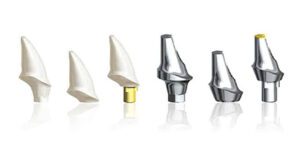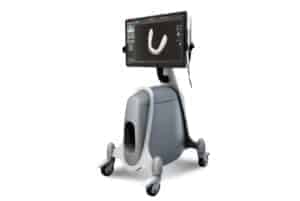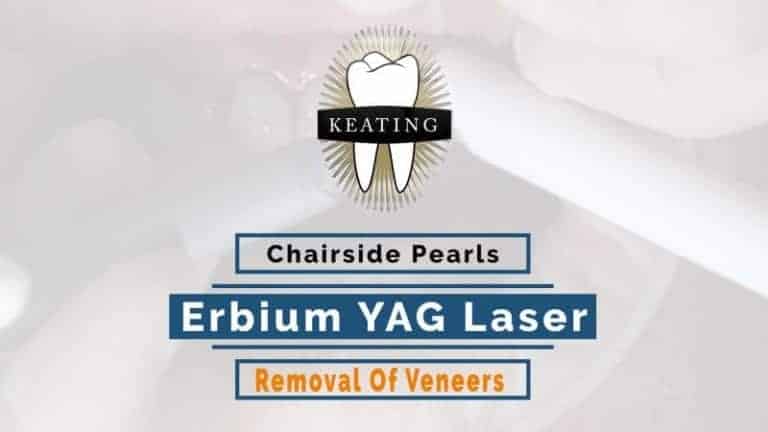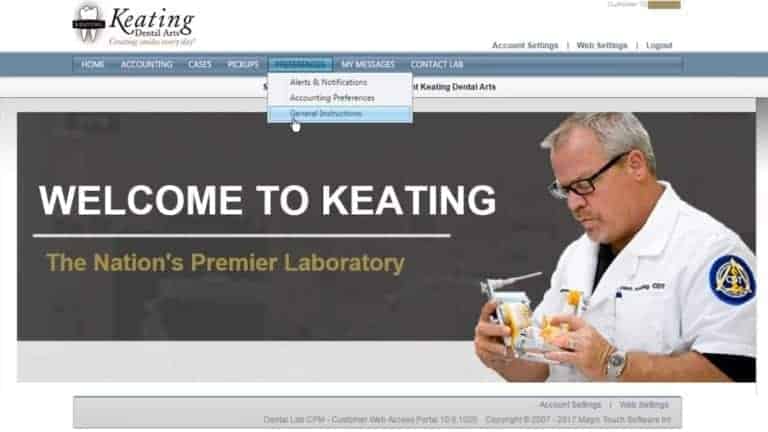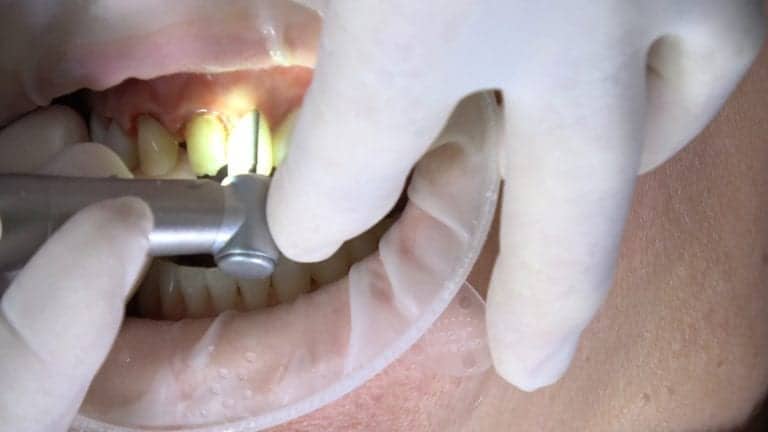Dr. David Hornbrook gives Clinical Notes on All Ceramic restorations such as the KDZ Ultra from Keating Dental Lab in Irvine California. Keating’s Lab provides the best selection in all porcelain crowns and porcelain bridges but also informs you on when is best to use them and how to get the best impresssions for these zirconia and ceramic restorations. These Clinical notes were shot in 4K Ultra Hd with Clinical director of education and technology, Dr. Hornbrook in an interactive over the shoulder type setting to give the clinicinas a up close and personal experience with our lab.
When a case demands the finest craftsmanship and highest esthetics, look no further than KDZ Ultra®. Our hand-layered Noritake CZR™ dental porcelain gives you radiant, natural beauty. It has a milled Zirconia (KDZ) substructure which means that the fit will be precise and predictable. KDZ Ultra® is no-holds-barred, providing best-of-the-best restoration in porcelain crowns and implants. These porcelain restorations will help you give your patients the “WOW” factor they so eagerly desire.
Clinical Notes and Video Transcript or Dr. David Hornbrook:
Our next category is what we call our KDZ ultra. Now, what this is, it is a zirconium oxide core or cooping overlaid with Noritake porcelain, which is an absolutely beautiful powdered liquid porcelain. We have a couple of options here. If this was our crown prep, we could either make a cooping out of zirconium and then overlay with this beautiful ceramic, so we basically have a restoration that would be similar to PFM, although this cooping is very translucent when it’s thin, so it certainly out preforms aesthetically to what we would see with a porcelain fused to metal crown.
Strength, it would be the same because although this is a 1000 megapascals, this overlying ceramic is only 100. That’s certainly an option and if someone came into my office … because I don’t use very much metal, if someone came into my office with existing PFM’s and I had to replace a single PFM and they’re opaque because they’re PFM, I tend to go with a KDZ ultra over a PFM. I just like the look of the ceramic and also affordability. It’s less expensive than a PFM. I don’t have to worry about any potential metal allergies or toxicity.
We can use it like that, just like you’d always see a PFM. Where I think this material shines is to do a partial cutback. Let’s say this is a maxillary first molar. There’s my prep, this would be my buccal, this would be my palatal. What we do, is I have the lab go ahead and cut back just the fascial. This, this would be our functional cusp, this has a flexural strength of 1000 megapascals, the central fossa 1000 pascal. Then we overlay the facial with the Noritake.
I get this material that absolutely could not be broken by the patient, yet we have the fascial aesthetics. We can do this any which way we want. If we wanted to, let’s say, it’s a pre-molar, this could actually be modified so that we do the buccal occlusal. Also in the anterior, if it’s a multi-unit bridge, this could be layered on the incised ledge to give us a lot of incised ledge translucency. This was our prep and then the monolithic zirconia would be the cooping, so we have maximum strength here, and then we take the Noritake and we put it fascially in incising.
We can make these look absolutely beautiful, but we have that high strength. That would be our ultra. We either do it for single units, in lieu of a PFM. I tend to go the monolithic in the posterior and on first and second molars, but certainly in pre-molars or if we’re doing multi-unit bridges in the anterior where we want multiple or ideal aesthetics. That’s the ultra.

